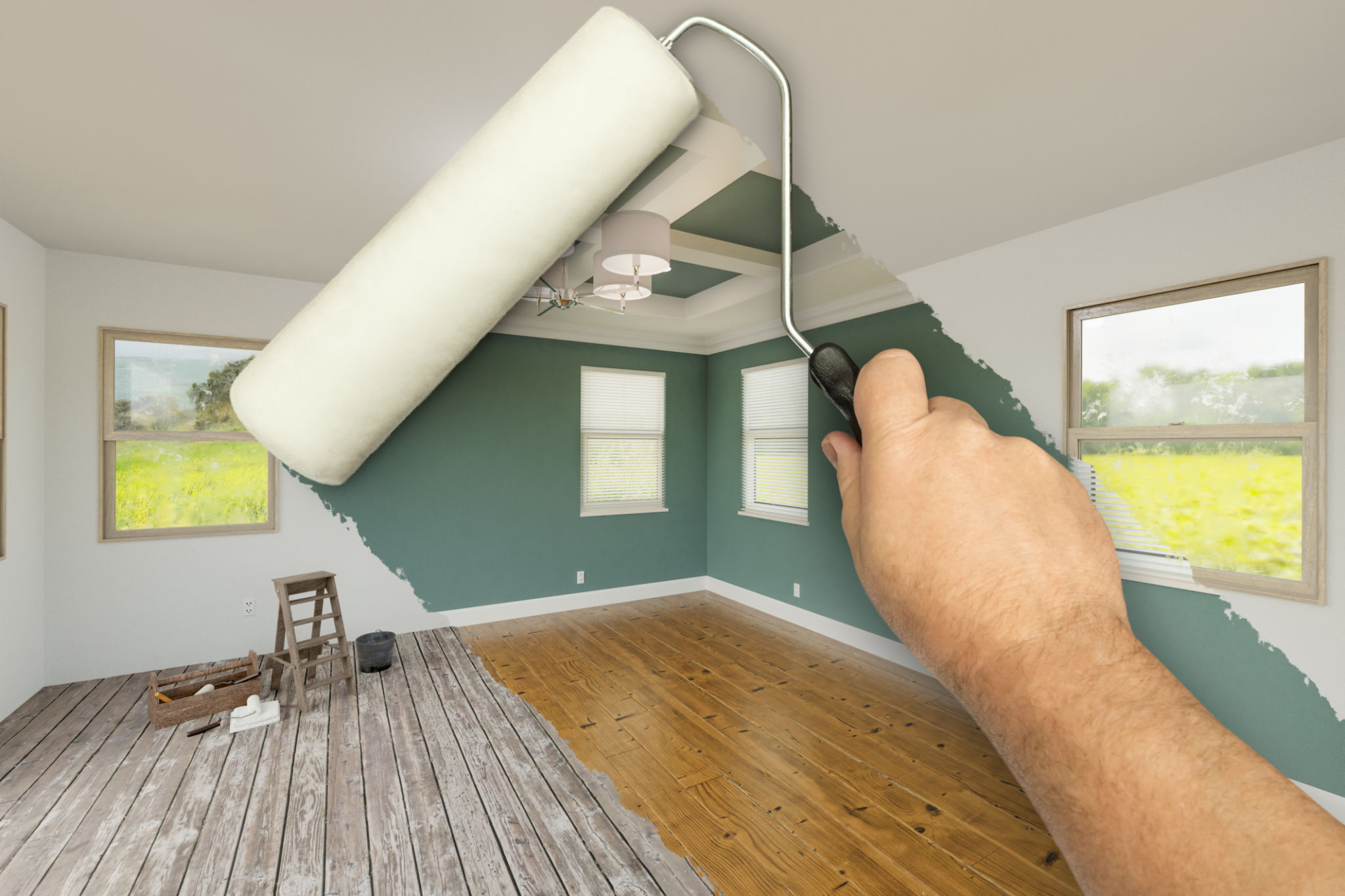DIY vs. Professional Painting: What You Need to Know Before Starting
Understanding the Basics
When it comes to painting your home, you might find yourself caught in a debate between doing it yourself or hiring a professional. Each option has its own merits and drawbacks, and understanding these can help you make an informed decision.
DIY painting can be a rewarding experience, allowing you to put your personal touch on your space. However, it requires time, patience, and skill to achieve a professional finish. On the other hand, hiring a professional painter can ensure high-quality results but often comes with a higher cost.

Cost Considerations
One of the most significant factors in deciding between DIY and professional painting is cost. DIY painting is generally cheaper as you only need to purchase materials like paint, brushes, and rollers. However, it's important to budget for unexpected expenses such as special tools or additional paint for touch-ups.
Professional painters, while more expensive upfront, bring expertise and efficiency to the table. They typically have access to high-quality materials at discounted prices, which can sometimes offset their service fees. It's crucial to weigh the pros and cons of each, considering both your budget and desired outcome.
Time and Effort
DIY projects can be time-consuming, especially if you're working alone or have limited experience. Preparation is key in painting, from choosing the right colors to prepping walls and surfaces. A DIY project might take several days or even weeks if unexpected issues arise.

Professional painters, on the other hand, work on a set schedule and often complete jobs much quicker than an amateur could. Their experience allows them to tackle challenges efficiently, freeing up your time for other activities or projects.
The Importance of Skill
A successful DIY painting project requires a certain level of skill and attention to detail. From selecting the right type of paint for different surfaces to mastering brush techniques, there is a learning curve involved. Mistakes can lead to uneven finishes or paint drips that detract from the overall appearance.
Professionals bring years of experience and a keen eye for detail to ensure a flawless finish. If you're aiming for intricate designs or need to cover extensive areas, their expertise can be invaluable.
Quality of Finish
The quality of the final result is a major consideration when choosing between DIY and professional painting. While DIY enthusiasts can achieve excellent results with patience and practice, professionals have the tools and techniques to deliver consistently high-quality finishes.

Bumps, cracks, or previous paint layers can affect the outcome if not properly addressed. Professionals have the knowledge to prepare surfaces adequately and apply paint evenly, ensuring durability and visual appeal.
Making Your Decision
Ultimately, the decision between DIY and professional painting depends on your specific needs and circumstances. Ask yourself what matters most: cost savings, time efficiency, or quality results? Consider your available resources and personal preferences before making a choice.
If you're leaning towards DIY, start small with a single room to build your skills and confidence. If you prefer the assurance of professional quality, research local painters and request quotes to find one that fits your budget.
Conclusion
Whether you choose the DIY route or opt for professional assistance, painting is a fantastic way to refresh your living space. Carefully consider your options and take into account your priorities to ensure a successful project that meets your expectations.
